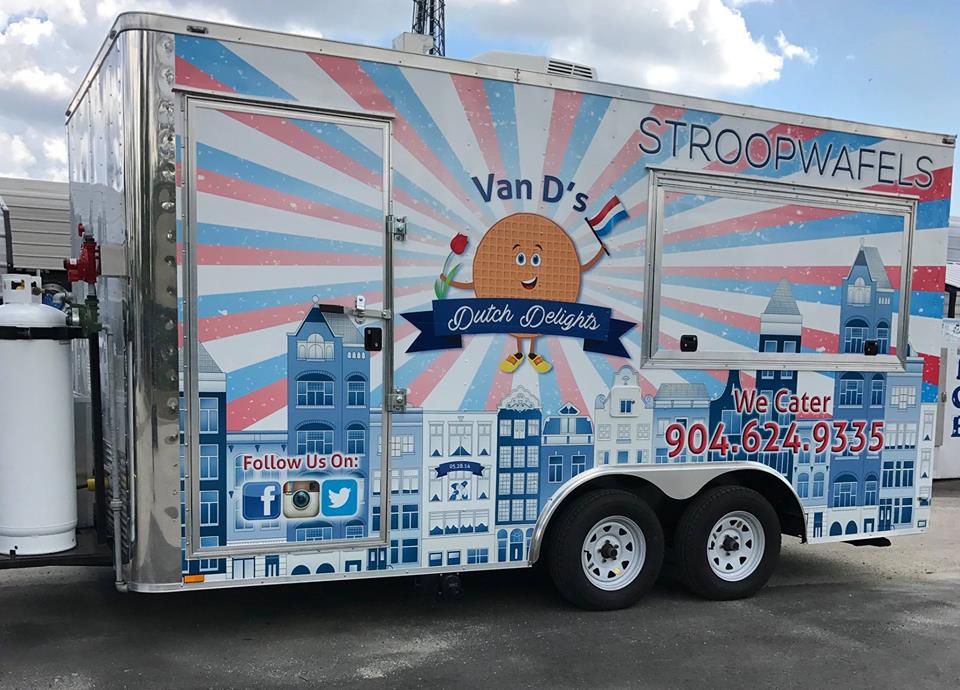According to this study from McKinsey & Company, a whopping 73% of foodservice activities have the potential to be automated. This report comes at the same time automation efforts in the transportation sector are in full-swing as well. Ten years ago, the average person may have felt driverless cars was something only dreamed up for sci-fi movies. Today, driverless cars are actively being tested by companies like Google and Tesla on real city streets. Some analysts have predicted that you will be able to buy a driverless car as soon as 2025.
Even the pizza business is encountering further automation from a partnership between Ford and Domino’s. This partnership will allow Domino’s to deliver pipping hot pizza pie in a driverless car. When your pizza arrives at your home, you receive a text to you cell phone alerting you that the car is just outside. Then you simply go outside, grab your pizza, and enjoy. Best of all for budget minded customers, you won’t need to tip! Even though you won’t need to tip there will likely be some added fee for delivery.

Van D’s Dutch Delights Desert Trailer. Built by M&R Specialty Trailers and Trucks.
Due to all these major automation developments in the food and transportation space, it is inevitable that the food truck industry will also face opportunities and challenges depending on how you look at it. In this post, we offer our thoughts on how mobile food industry could be impacted by these changes.
What Will Food Trucks Look Like in 2025?
Let’s tackle the big one first. Are food truck jobs safe or will you be placing your order with a cyborg five years from now? First of all, the majority of food truck businesses are owner operated. As a result this is going to be a decision on whether or not a machine makes sense for their particular business. Some machines could help business owners cut out routine tasks, but the investment also needs to make sense from a business perspective. If it’s more cost effective to hire a part-time employee that’s the path most food truck owners will stick to the status quo.
Here’s an example of restaurant automation in action from the Pasadena based burger joint CaliBurger. The robot shown below is able to work side-by-side with a human and cook burgers that are made to order. According to reports, the robot named “Flippy” can cook well done, medium, toast buns and remove food from the grill when ready. As you can see though the machine still needs assistance of living, breathing employee to assemble a burger.

It’s easy to see how this type of technology could help reduce the amount of labor and make the job of running a food truck easier for employees, but we are still very far away from a employee-less food truck.
The part of food truck automation that is likely much closer is driving from point A to point B. If the operator of a food truck didn’t need to drive, they could potentially be doing other administrative and sales type work with this downtime. Operating a food truck requires a lot of coordination to make the business work. Most vendors are regularly staying in contact with catering customers or ordering supplies for weekend service.
Once the vehicle arrives at it’s destination, however, there are still tasks that will be more complex to automate at the food truck level. For example, supplies and ingredients must be loaded onto the truck daily. This could be a complex task to instruct the machine on how much product is needed to place on the vehicle, where certain ingredients should be stored, and of course all the prep work that goes into preparing a truck for service.
How Close Is This Reality?
At the end of the day, automation will impact the food truck industry employment in some ways. But any major staffing reductions are likely more than 10 years away. Further, the cost of automating a food truck is unclear at this time. Automating foodservice work with machines only makes sense as long as it is economically beneficial for the owner of the business. Similar to the personal computer industry in the 80s these machines will likely be costly and potentially become obsolete quickly. Many small business owners will want to sit on the sidelines for the first few years the technology is available.
For the time being, jobs in the food truck industry are safe and will continue to be for the foreseeable future. Still, it will be fascinating to see how the food truck industry changes in the future due to it’s position sitting in the middle of two sectors that are becoming more automated: transportation and foodservice.
